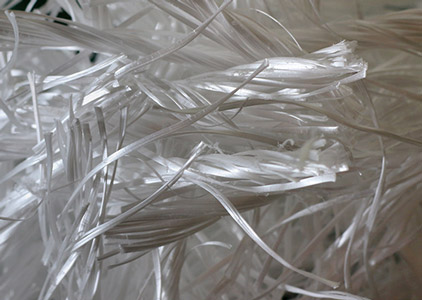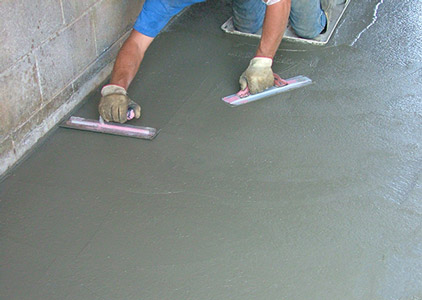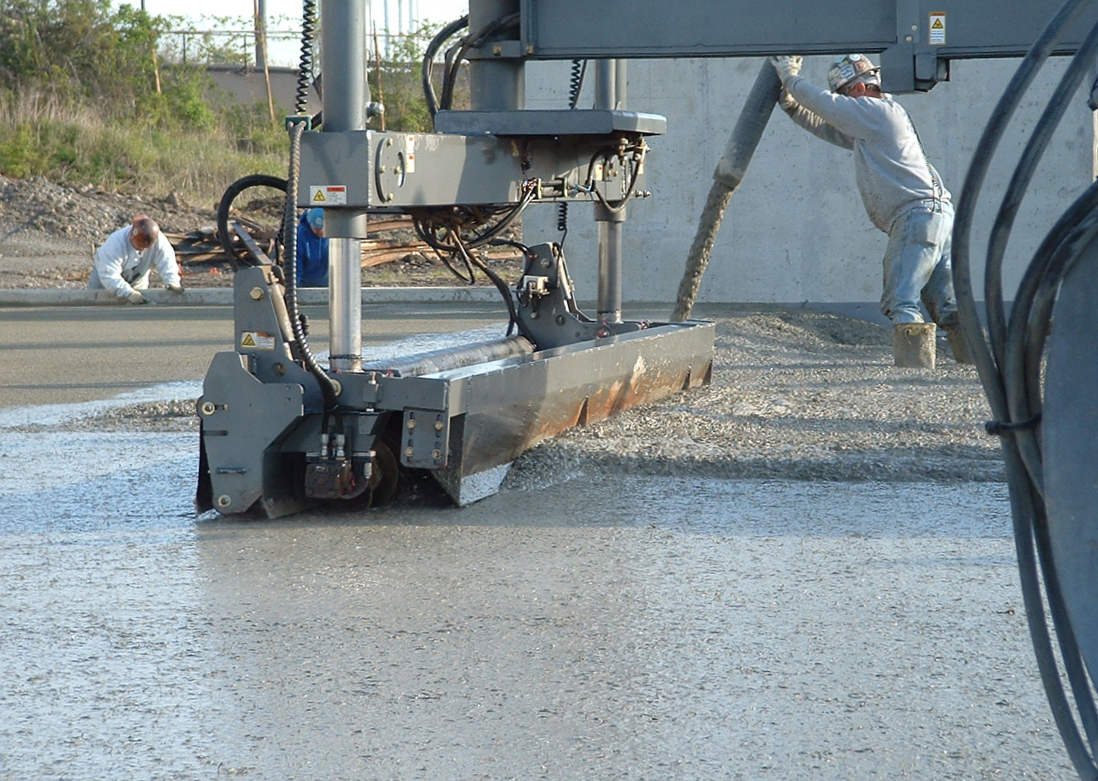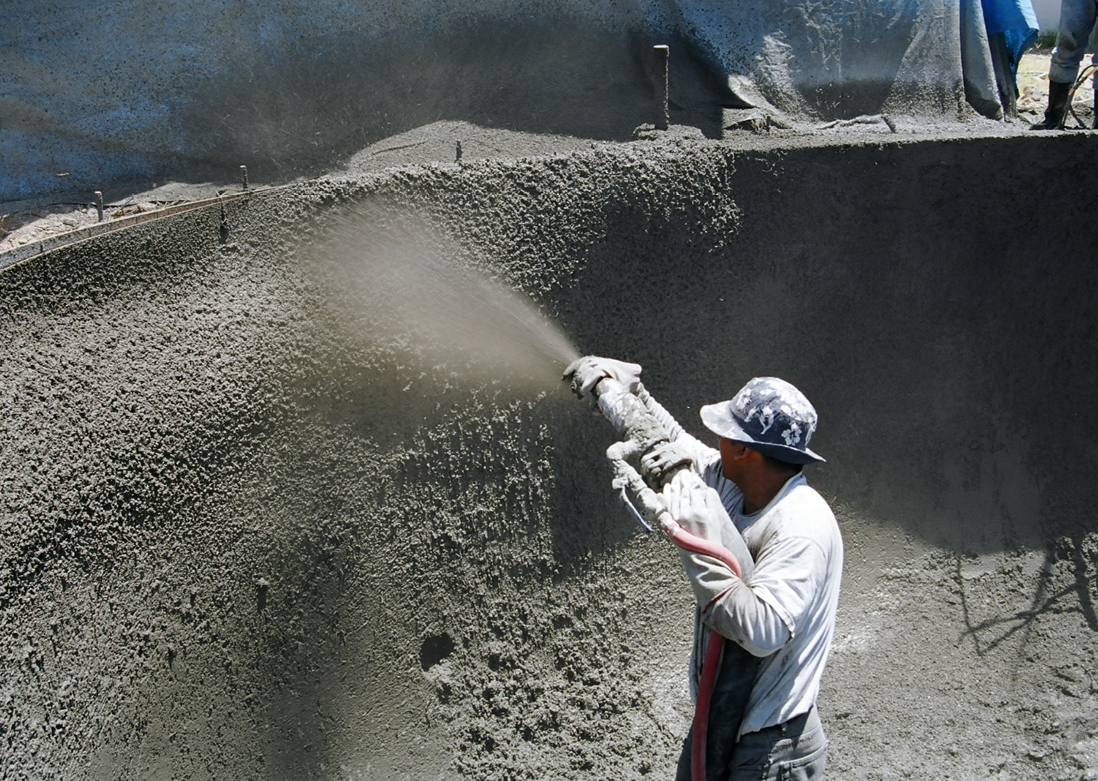-
Absolutely – but be careful to understand the differences between micro and macro synthetic fibres. In general, macro-synthetic fibres (large, coarse, monofilament fibres) are the only synthetic fibre types that can provide equivalent residual strength capacity to steel fibres. Some steel fibre manufacturers are claiming that steel fibres are far superior to synthetic fibres and that synthetic fibres cannot be used to replace steel fibres. These manufacturers are partially correct in that they are making a comparison to micro-synthetic fibres only (fibres for plastic shrinkage crack control only) and not to macro-synthetics such as TUF-STRAND SF.
-
Macro-synthetic fibres, such as TUF-STRAND SF, have lower tensile strengths and Modulus of Elasticities than steel fibres but will have a much higher fibre count across a potential crack. In effect, the total strength across a crack should be equivalent. This strength is also dependent on the ability of the fibre to bond to the concrete matrix itself. A very high tensile strength fibre that does not bond to concrete will not perform as a good fibre candidate. TUF-STRAND SF, through its unique ability to self-fibrillate, maximises its tensile capacity through a high surface area, to which it bonds to the concrete, making it one of the premium macro-synthetics on the market.
-
Providing that an adequate fibre design has been performed, the use of TUF-STRAND SF will generally require as much as 5-10 times less weight of material making on-site handling and storage much easier. TUF-STRAND SF is non-magnetic and non-corrosive making it a very attractive option for exterior paving projects where aesthetics and safety may be a concern. As TUF-STRAND SF is mixed, it also becomes somewhat pliable and will not be as abrasive or harmful to pumping lines and equipment.
-
No – There are several different types of macro-synthetics on the market all with individual benefits and advantages. The key to the successful use of a macro-synthetic fibre for replacement of WWM, rebar or steel fibres is the dosage rate. Stronger fibres or higher bonding fibres will likely require less material than weaker fibres or fibres with less bonding capacity. The manufacturer must support dosage values with testing information. If questions are still present, a trial should be performed to ensure the desired performance is met.
-
Possibly – Again, the key will be the dosage rate and the intended function of the fibres. The primary function of a micro-synthetic fibre is the control of plastic shrinkage cracks and research has shown that these fibres do not have a significant ability to carry load across a crack. While the test data may support the use of a micro-fibre, it may not be the best option. Secondly, high dosages of micro-synthetics will be more difficult to mix as the fibre counts and surface area of the fibres will be extremely high causing possible significant loss in slump.
-
As with any floor, the final appearance is only as good as the finishing practices applied to it. With any fibre-reinforced slab, there is the possibility that fibres may be present and visible at the surface. However, fibre-free appearances are easily attainable and accomplished regularly. The use of power-trowel equipment on floor slabs will usually bury all fibres provided that the time of finishing is correct, and that adequate paste is present. For broom-finished concrete, it is very possible that any type of fibre (micro, macro, steel) may be visible at the surface, however, with synthetic fibres, are no issues related to safety or corrosion. For more information, please contact the Tremco CPG team.












